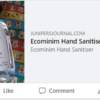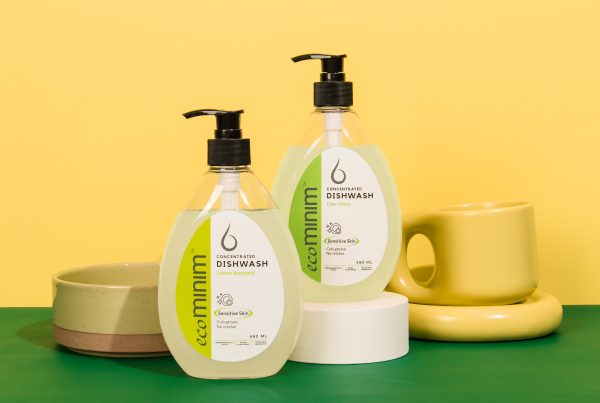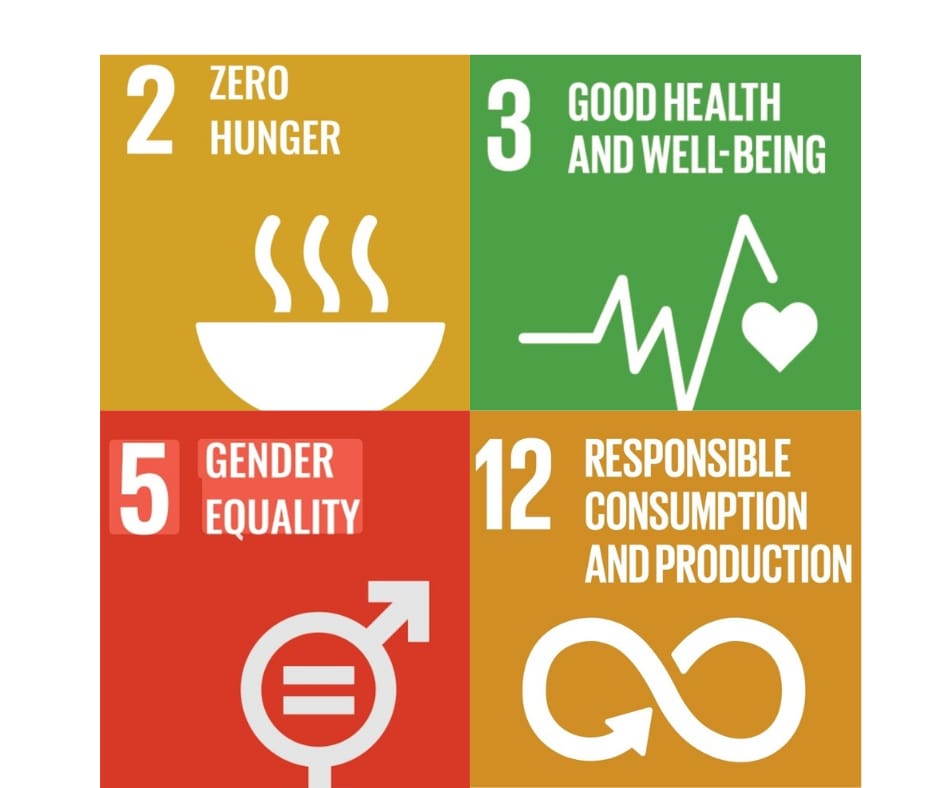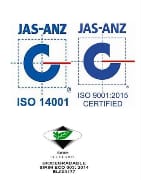There are many debates and discussions on why you should, or should not, use products with SLS/SLES The main arguments often consists of refutes or agreement on whether SLS/SLES leads to cancer, if this ingredient causes skin irritations, or all is fine and dandy if you only go for plant-derived SLS. Here are some summarised information to ease your confusion.
So, what are they actually?
Sodium Lauryl Sulfate (SLS) and Sodium Laureth Sulfate (SLES) are both sulfate-based, anionic surfactants that are widely used in cleaning products, due to their being effective surfactants with excellent foaming ability despite their low cost as raw material.
SLS may also appear on labels as Sodium Dodecyl Sulfate (SDS); so do not be confused, they are actually the same ingredient, just different names. SLES however, is slightly different. SLES is produced from the ethoxylation process using SLS as the parent chemical and then reacting it with ethylene oxide.
Why the concern about them?
SLS is known to be an irritant to the skin, and prolonged usage may cause dry skin, leading the skin to be cracked or tender. This is especially so when being used at high concentrations. The dosage of SLS ranges from 1% to 30% in cleaning products. A human patch test showed that SLS of more than 2% is considered to be irritating to even normal skin, after 24 hours of exposure.
SLES was said to be a gentler version than SLS, as it does not strip moisture away from your skin as much as SLS does. However, as mentioned previously, the production of SLES involved ethylene oxide, which is a known carcinogen. There is a high possibility of 1,4-dioxane contamination during the ethoxylation process, which is a possible human carcinogen.
Truth to be told, 1,4-dioxane contamination can be avoided if the process is vacuum stripped, but there is no way for the consumers to know for sure that all manufacturers practice it.
Another controversy surrounding SLS is that it originated from petroleum. Petroleum products manufacturing often raise concern on environmental impacts, such as greenhouse gases, pollution and climate changes. Alternatively, there are plant-derived SLS that some companies opt for.
As both SLES and SLS are classified as sulphates, people that develop allergic reactions to sulphates are recommended to opt for sulphate-free products. Hence, do look out for SLS/SLES/SDS on the ingredients list before purchasing, if you happen to fall into this category.
What can I do about it?
Although SLES/SLS based products dominate the market shelves, there are products that opt for different kinds of surfactants, like non-ionic surfactants such as decyl glucoside or coco glucoside. These surfactants are derived naturally from plants such as coconut or corn and are very mild and gentle to the skin. They are often labelled as “non-ionic surfactant” on products, and are often used in products that are sensitive-skin friendly. The only setback of this ingredient is that it does not lather as well as the anionic surfactants like SLS/SLES, but otherwise, they function as well, or not better, as surfactants. After all, the foam does not justify the cleaning ability of a surfactant.
Hence, it is time to opt for ingredients that are friendly to your skin and the environment! Want to start shopping? Check out some of Ecominim®’s eco friendly laundry detergent for sensitive skin, their products use only certified organic, plant-derived decyl glucoside and coco glucoside that are both gentle to your skin and also completely biodegradable.






